The Real Deal on Tomato Companion Planting (What Actually Works)
I’ve had my hands in the dirt for more years than I can count, running a small market garden that keeps local chefs and families happy. When I first started, I was all about the rulebooks—perfect spacing, rigid schedules, the whole nine yards. But honestly, something felt off. The plants grew, sure, but they felt… fragile. It wasn’t until I started chatting with the old-timers, folks who’d worked the same patch of land for a lifetime, that things really clicked. They spoke less about fertilizer ratios and more about plant relationships.
In this article
That’s when I truly got hooked on companion planting.
Now, let’s be clear: this isn’t some mystical garden magic. It’s about viewing your garden as a tiny, bustling ecosystem. Your job is to play matchmaker, fostering partnerships that make the entire system stronger and more resilient. For tomatoes, this approach has been a game-changer, leading to way fewer pests, richer soil, and just plain healthier plants. This is the stuff I’ve learned from season after season of trial, error, and finally, a whole lot of success.
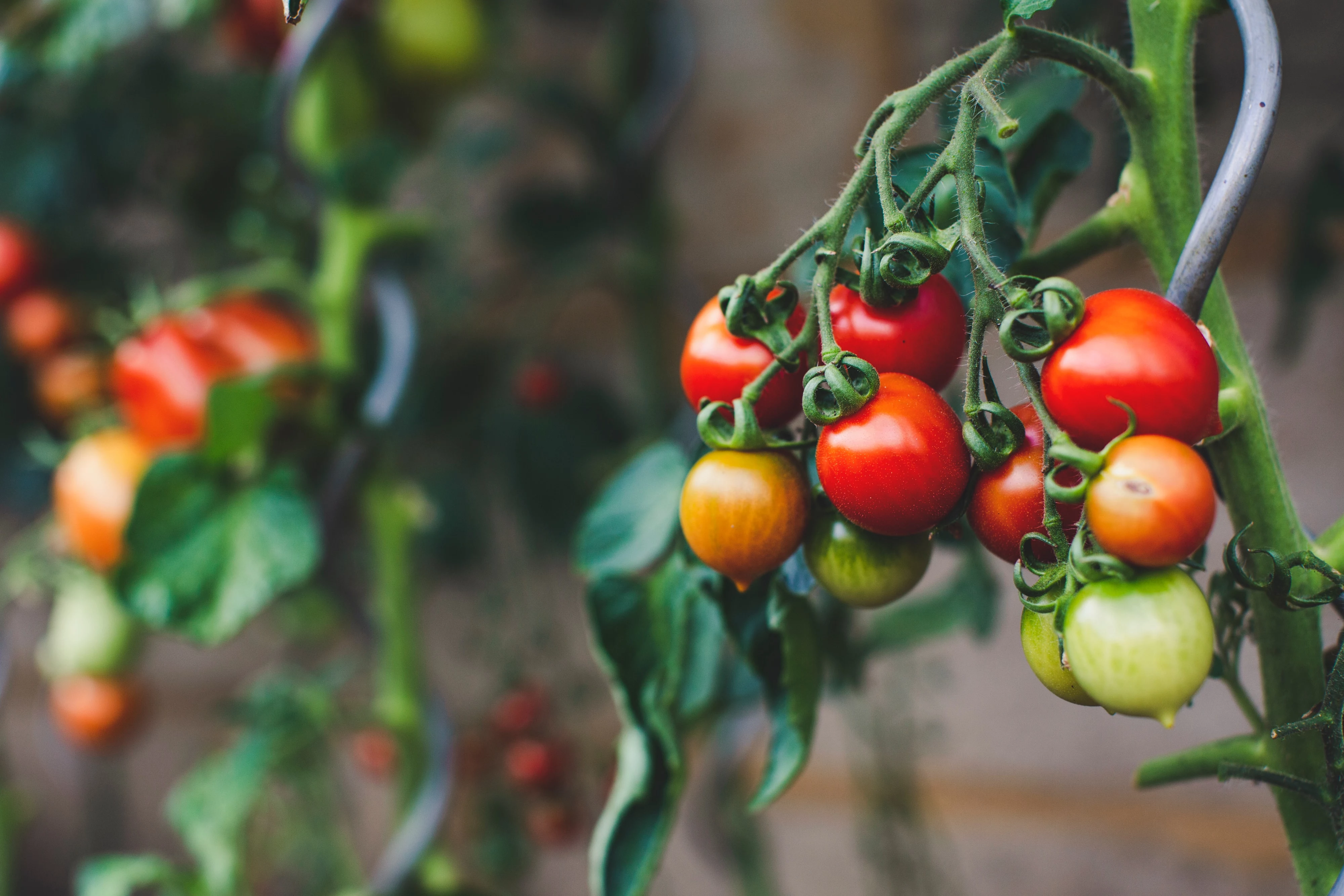
So, Why Does This Even Work?
Before you start pairing up plants, it really helps to know the ‘why’ behind it. This isn’t just folklore passed down through generations; there are some solid principles at work that explain how plants can help (or hurt) each other. Understanding this turns you from someone just following a list into a gardener who can think strategically.
Plants Are Always Talking
One of the coolest things is a process called allelopathy. It’s basically a chemical conversation where a plant releases compounds into the soil that affect its neighbors. Sometimes it’s bad news—the classic example is the Black Walnut tree, which pumps out a chemical called juglone that’s straight-up toxic to tomatoes. You learn that lesson fast.
But it can also be a huge positive. French Marigolds, for example, are famous for this. Their roots release a compound that’s incredibly effective against root-knot nematodes, these tiny worms that can absolutely wreck tomato roots. The marigold is actively protecting its turf in a way that directly benefits its tomato buddy.
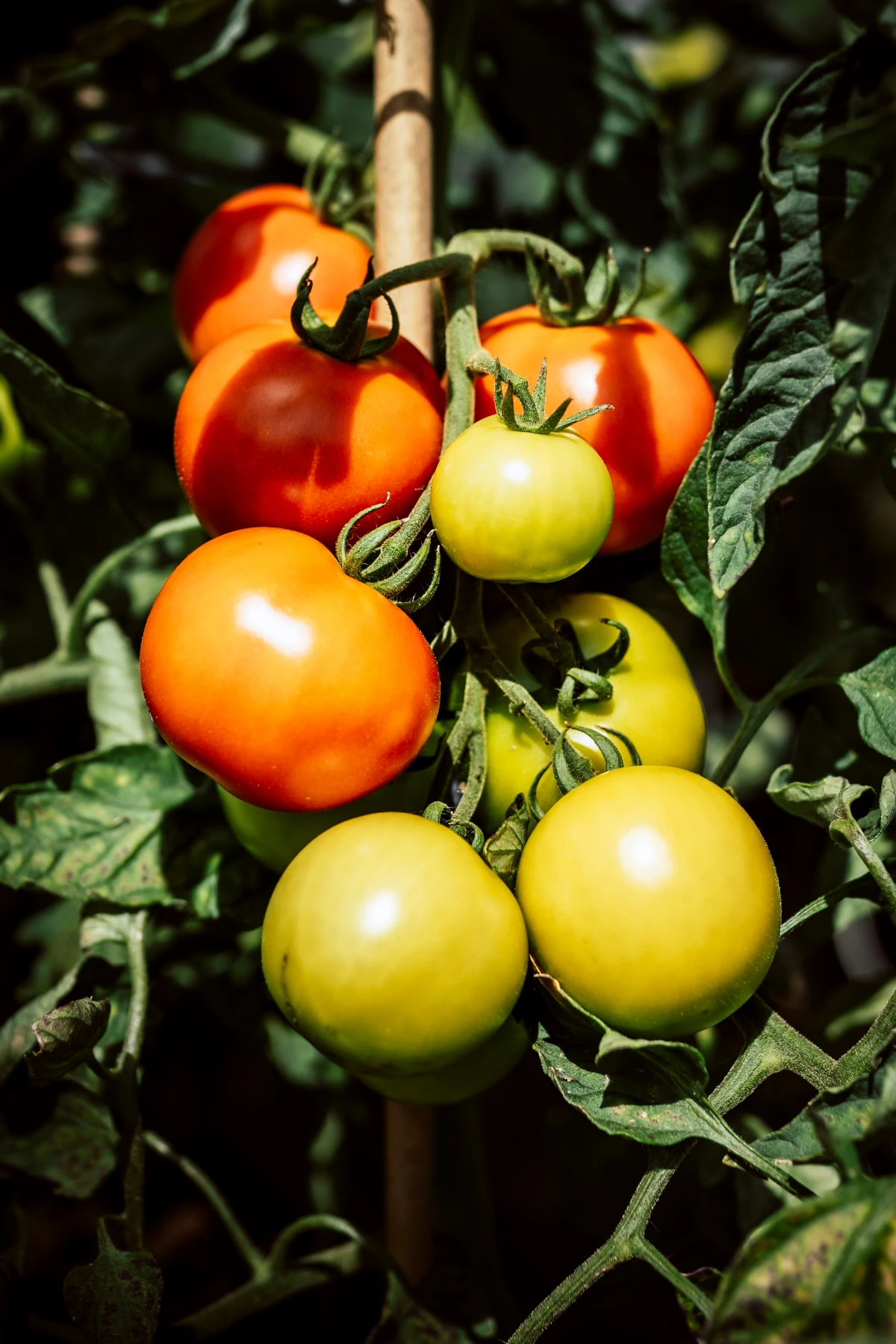
Confuse the Bad Guys, Welcome the Good Guys
Pests usually find your precious tomatoes using sight and smell. Companion planting is a brilliant way to throw them off their game. Aromatic herbs like basil and thyme release potent oils that can mask the signature scent of tomato leaves. For a pest like the tomato hornworm moth, it’s like trying to find your favorite restaurant in a city where all the street signs have been changed.
Another great strategy is using a ‘trap crop.’ This is a sacrificial plant you grow specifically to lure pests away. For years, aphids were my arch-nemesis in the greenhouse. Then I started putting nasturtiums in pots at the end of each tomato row. The aphids go absolutely bonkers for the nasturtiums, leaving my tomatoes alone. I can then just deal with that one infested pot. A quick tip: When you remove the trap crop, don’t just toss it in your compost pile! Seal it in a plastic bag and put it in the trash to make sure you’re actually getting rid of the pests and their eggs for good.
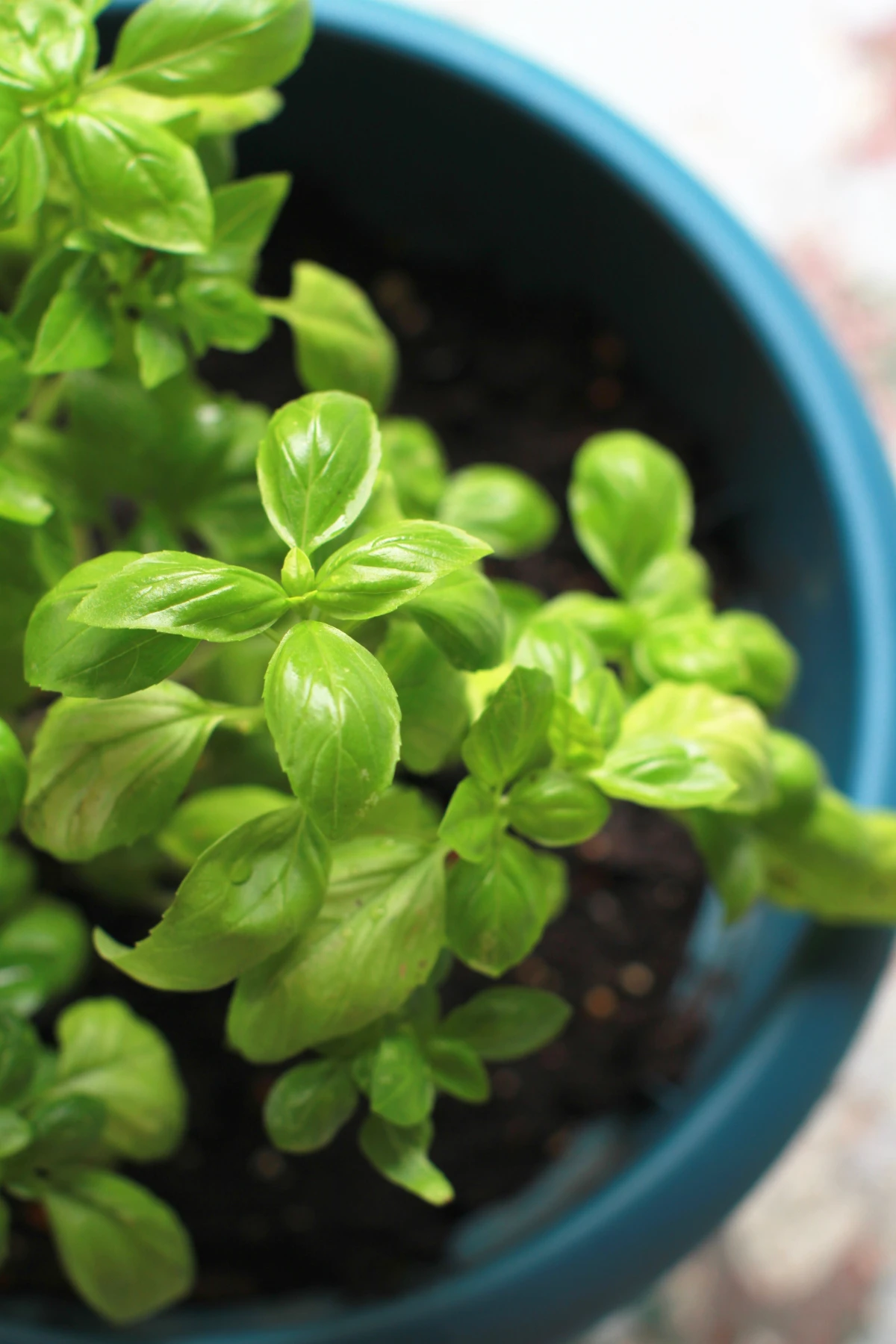
And it’s not just about repelling pests. You also want to roll out the red carpet for beneficial insects. The tiny flowers on plants like dill, cilantro, and borage are a five-star buffet for ladybugs, lacewings, and tiny parasitic wasps. These guys are your garden’s security team, preying on the very pests that want to eat your tomatoes.
My Go-To Tomato Companions
A list of plants is one thing, but how and where you plant them is what really matters. Here are the tried-and-true partners I use every single season.
French Marigolds
This is my number one, non-negotiable recommendation, especially if you have sandy soil or have seen nematode damage before. For this to work, the marigolds need to be established either before or at the same time as your tomatoes. I often plant a healthy marigold seedling right in the same hole as my tomato transplant. One marigold for every two tomato plants is a good ratio. Heads up: Make sure you’re getting French Marigolds specifically. The other varieties, like African Marigolds, just don’t have the same pest-fighting punch.
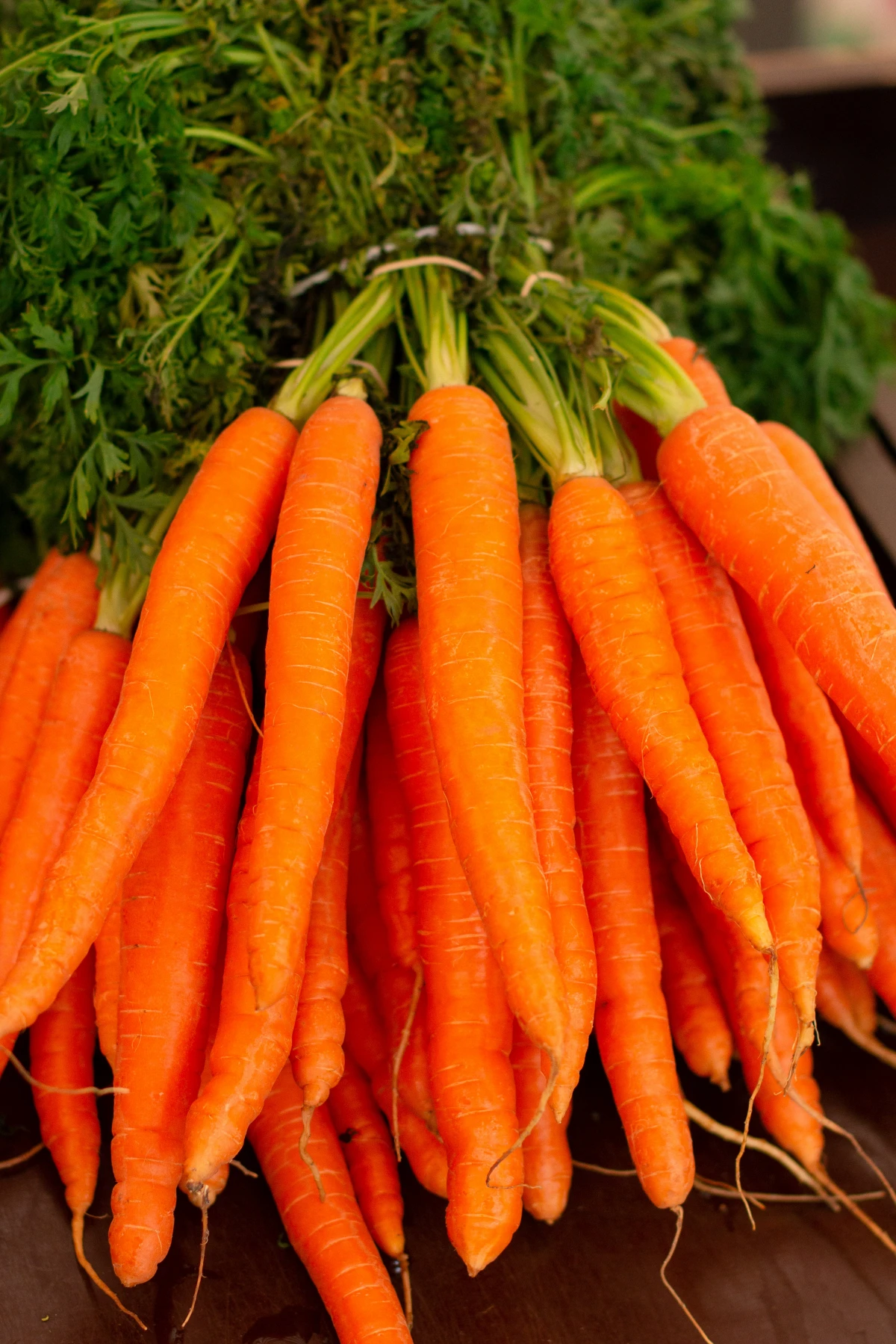
By the way, this is a super affordable strategy. A packet of marigold seeds might set you back $3 and give you hundreds of plants, while a six-pack of starters from a place like Home Depot or your local nursery is usually around $5. Seeds are cheaper, but you have to plan ahead.
Basil
The classic kitchen pairing is also a powerhouse in the garden. Its strong scent is fantastic for confusing pests. I plant one basil about 6-8 inches from the base of each tomato. As it grows, I pinch it back often to make it bushier, which releases more of those fragrant oils (and gives me plenty for pesto).
Quick Win for Beginners: If all this feels overwhelming, just do this one thing: plant a single basil plant next to each tomato. It’s the easiest, no-brainer pairing that offers real benefits and fresh herbs all summer.
Borage
If I had to pick just one flowering companion, it might be borage. Its vibrant, blue, star-shaped flowers are magnets for pollinators, which means you’ll get more tomatoes. It also attracts those helpful predatory wasps that hunt tomato hornworms. I usually plant borage at the ends of my rows, about 2-3 feet away, so it has room to grow. Oh yeah, and Borage is also known as a ‘dynamic accumulator.’ This is a pro-level tip: it means the plant has deep roots that pull up trace minerals from the soil. When its leaves fall and decompose, they act as a natural fertilizer for the surrounding plants. Pretty cool, right?
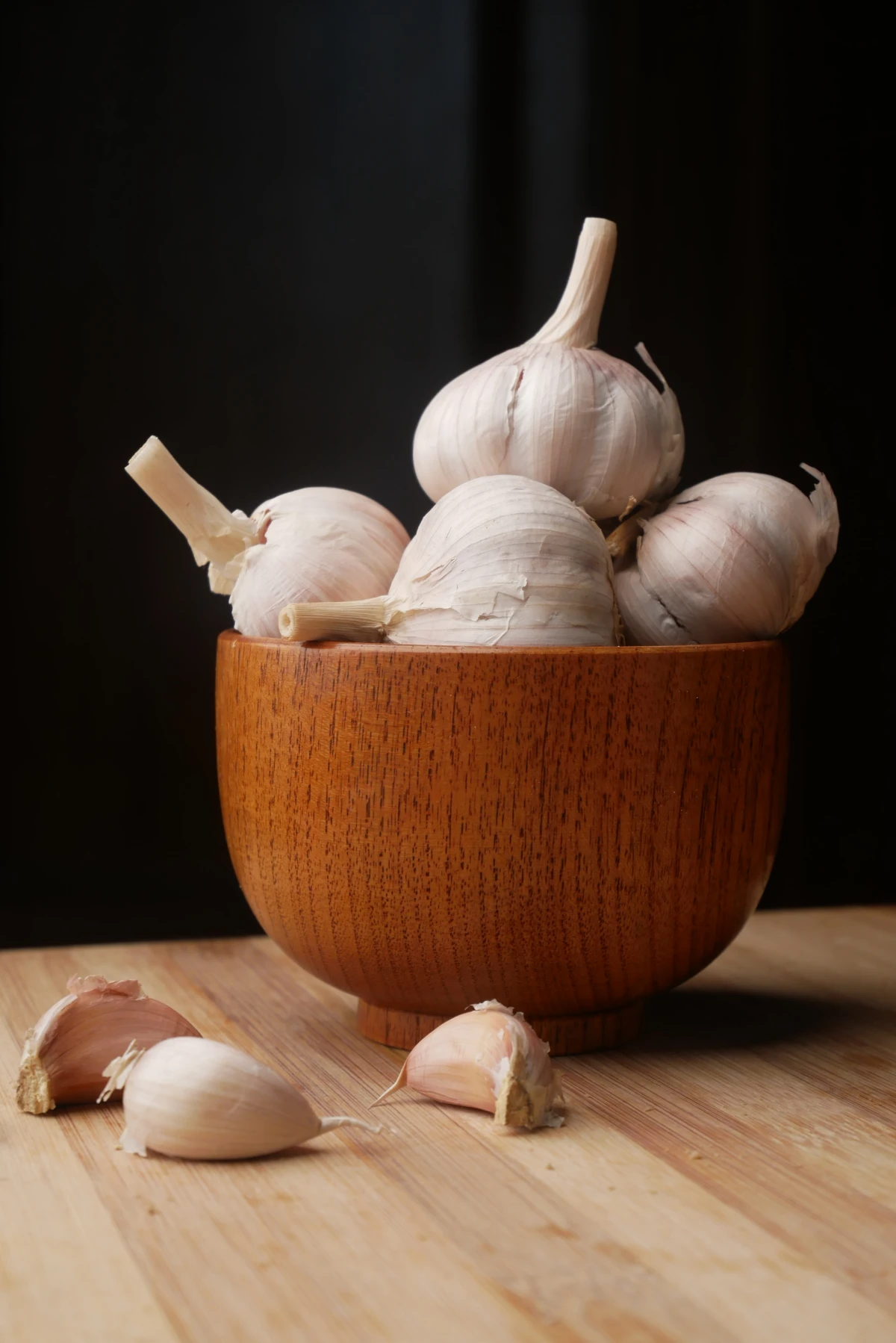
The ‘Do Not Plant’ List: Just as Important!
Okay, this is huge. Knowing what not to plant near your tomatoes can save you a world of heartache. I learned this the hard way.
I once planted fennel near my tomatoes thinking, ‘Hey, an herb is an herb, right?’ Wrong. My tomato yield was pathetic that year. Fennel releases a substance that inhibits the growth of most garden plants, especially tomatoes. Here are a few others to steer clear of:
- Potatoes, Eggplant, and Peppers: While they seem like natural friends, they are all in the same nightshade family. Planting them close together creates a buffet for shared pests and diseases like blight. If one plant gets sick, the disease can spread like wildfire. Give them their own space.
- Corn: Corn is a major magnet for the tomato fruitworm (also called the corn earworm). Planting them side-by-side is basically inviting pests over for dinner.
- Cabbage Family (Broccoli, Cauliflower, Kale): These guys, known as brassicas, can stunt the growth of tomato plants. Best to keep them in a separate bed.

Special Tips for Container Gardeners
Growing on a patio? You can absolutely do this! In a large container (think 10 gallons or more), you can create a mini-ecosystem. A great combo is one tomato plant in the center, with one basil plant and one or two French marigolds planted around the edge. They won’t compete for root space and will provide all the same benefits. Just make sure the pot has good drainage!
Your First Tomato Buddy Kit
Ready to give it a try? It’s easy and cheap to get started. Head to your local garden center and pick up this simple kit:
- 1 healthy tomato plant of your choice
- 1 small basil plant
- 1 six-pack of French Marigolds
You should be able to get all of that for under $20. It’s a small investment for a healthier, more productive tomato plant and a season’s worth of fresh basil. Honestly, it’s one of the best returns on investment you can get in the garden.
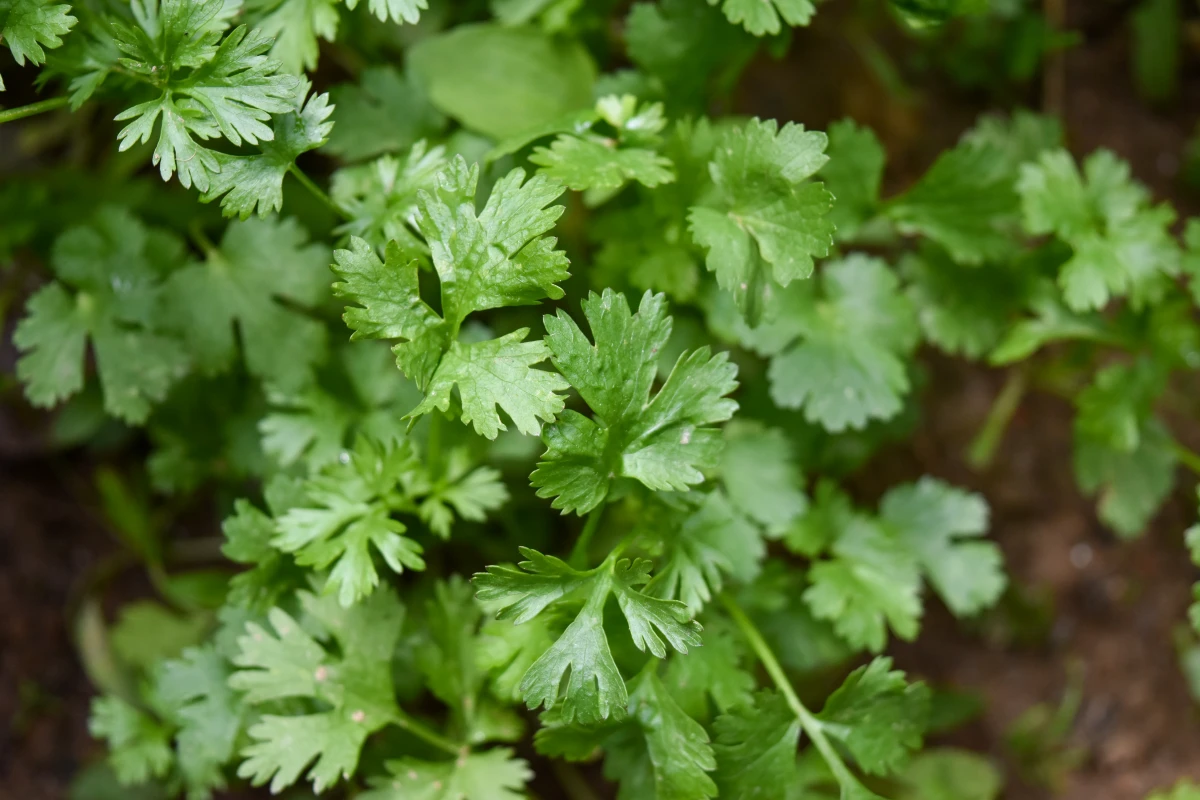
Inspiration:

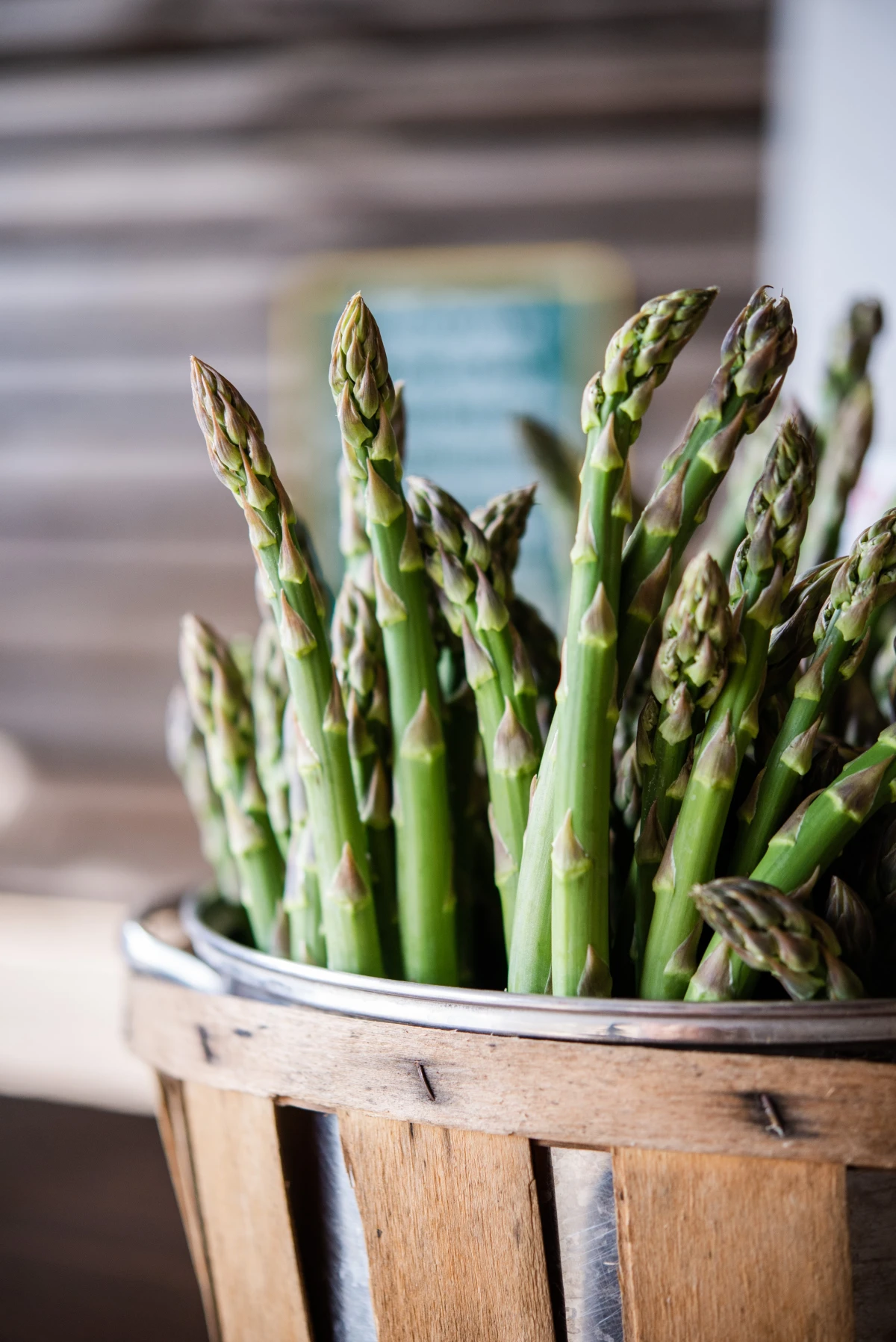
Can the ancient ‘Three Sisters’ technique work for tomatoes?
Absolutely. The genius of this indigenous American method isn’t just the specific plants (corn, beans, squash), but the principle of a self-supporting guild. You can create your own version centered on tomatoes. Use your staked tomato plant as the ‘corn’ for structure. Plant pole beans at its base to climb the stake, fixing nitrogen into the soil as they grow. Instead of sprawling squash, use a low-growing herb like oregano or creeping thyme as a living mulch. This ‘ground cover’ suppresses weeds, retains moisture, and can help deter pests with its strong aroma, creating a bustling, multi-layered partnership in a single patch of soil.
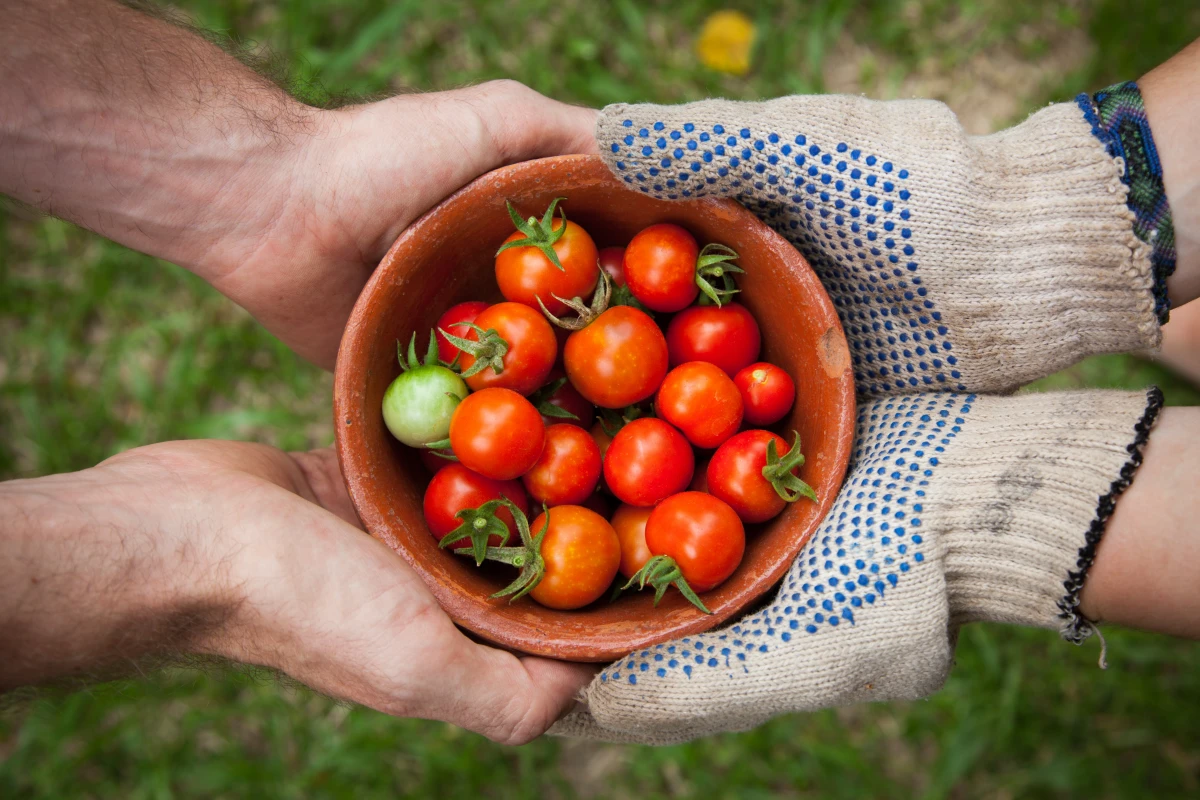
French Marigolds (Tagetes patula): This is the variety you want for serious pest control. Its roots produce a chemical that is famously effective against root-knot nematodes, tiny worms that can devastate tomato root systems.
Signet Marigolds (Tagetes tenuifolia): While their lacy foliage and edible flowers are lovely in salads, they don’t pack the same nematode-fighting punch. Plant them to attract hoverflies and other beneficial insects, but not for root protection.
For a healthy tomato root zone, the classic French Marigold is the proven choice.
Over 90% of a tomato plant is water, making consistent soil moisture critical for fruit development and preventing issues like blossom-end rot.
This is where living mulches shine. Planting a dense companion like sweet alyssum around the base of your tomatoes does more than just look pretty. Its mat-forming habit shades the soil, dramatically reducing water evaporation and keeping the root zone cooler and more evenly moist during hot spells. Plus, its tiny white flowers are a magnet for hoverflies, whose larvae are voracious aphid eaters.










